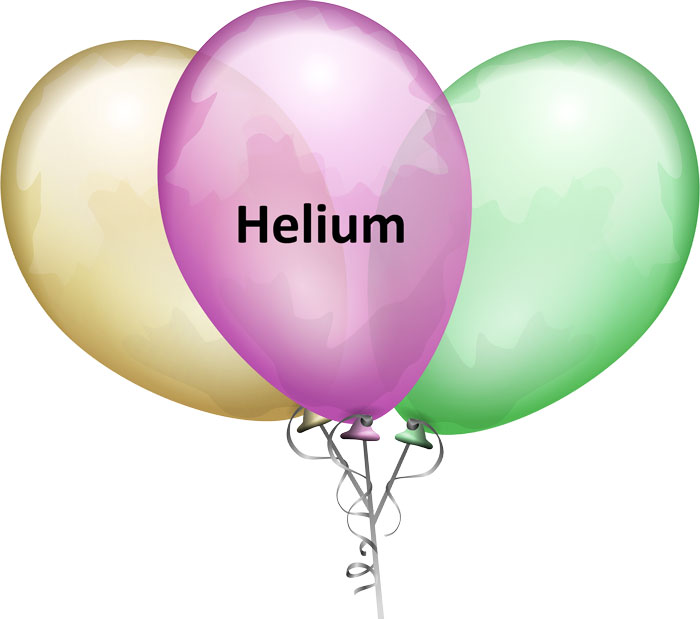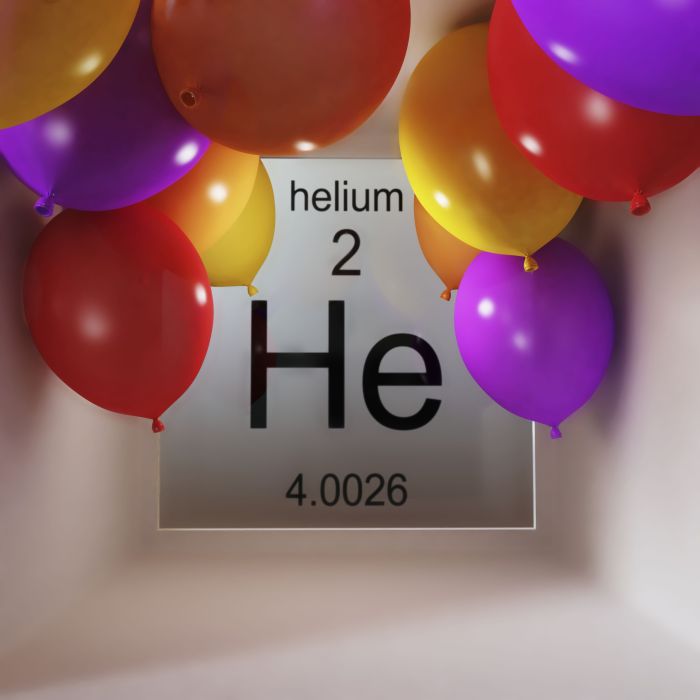Embark on a scientific odyssey with “it’s a lighter gas crossword clue,” a captivating exploration into the realm of helium. As we delve into its chemical properties, industrial applications, and historical significance, the multifaceted nature of this enigmatic element will be illuminated.
From its discovery’s profound impact on scientific advancements to its versatile presence in modern industries, helium stands as a testament to the wonders of the natural world. Its unique characteristics and potential as a clean energy source continue to captivate scientists and engineers alike.
Helium: It’s A Lighter Gas Crossword Clue

Helium is the second lightest and second most abundant element in the universe. It is a colorless, odorless, non-flammable, and inert gas that belongs to the noble gas group. Helium has a unique combination of properties that make it useful in a wide range of applications.
Chemical Properties of Helium
Helium has a low atomic number (2) and a complete electron shell, making it chemically inert. It does not react with other elements under normal conditions. Helium has a very low boiling point (-268.93 °C) and a very low melting point (-272.2
°C).
Applications of Helium
- Cryogenics:Helium is used as a cryogenic fluid to cool superconducting magnets in MRI scanners, particle accelerators, and other scientific equipment.
- Diving:Helium is used in diving mixtures to reduce the risk of decompression sickness. It is also used in underwater welding and cutting operations.
- Balloons and Airships:Helium is used to fill balloons and airships because it is lighter than air and non-flammable.
- Aerospace:Helium is used as a pressurant in rocket engines and as a coolant in spacecraft.
History of Helium’s Discovery and Impact
Helium was first discovered in 1868 by the French astronomer Jules Janssen during a solar eclipse. Helium was later found to be present in natural gas deposits. The discovery of helium has had a significant impact on scientific advancements, particularly in the fields of cryogenics, aerospace, and diving.
Hydrogen
Hydrogen is the lightest and most abundant element in the universe. It is a colorless, odorless, and highly flammable gas that belongs to the non-metal group. Hydrogen has unique properties that make it a promising fuel source.
Comparison of Hydrogen and Helium, It’s a lighter gas crossword clue
- Atomic Number:Hydrogen has an atomic number of 1, while helium has an atomic number of 2.
- Electron Configuration:Hydrogen has a single electron in its outermost shell, while helium has a complete electron shell with two electrons.
- Reactivity:Hydrogen is highly reactive, while helium is inert.
Hydrogen as a Fuel Source
Hydrogen has a high energy density and can be used as a fuel in a variety of applications, including:
- Fuel Cells:Hydrogen fuel cells are electrochemical devices that convert hydrogen and oxygen into electricity.
- Internal Combustion Engines:Hydrogen can be used as a fuel in internal combustion engines, similar to gasoline or diesel.
- Rocket Propellant:Hydrogen is used as a propellant in rockets and space shuttles.
Potential of Hydrogen as a Clean Energy Alternative
Hydrogen is considered a clean energy alternative because it does not produce greenhouse gases when burned. However, the production of hydrogen can be energy-intensive, so it is important to develop sustainable methods for hydrogen production.
Methane
Methane is a colorless, odorless, and flammable gas that is the main component of natural gas. It is a hydrocarbon with the chemical formula CH 4.
Chemical Composition of Methane
Methane is composed of one carbon atom and four hydrogen atoms. The carbon atom is bonded to the hydrogen atoms by single covalent bonds.
Formation and Role in the Natural Gas Industry
Methane is formed when organic matter decomposes in the absence of oxygen. It is found in underground reservoirs and is extracted through natural gas drilling. Methane is the primary component of natural gas, which is used as a fuel for heating, cooking, and electricity generation.
Environmental Impact of Methane Emissions
Methane is a potent greenhouse gas, and its emissions contribute to climate change. Methane emissions can occur during natural gas production, transportation, and use. It is important to reduce methane emissions to mitigate the environmental impact of natural gas.
Butane

Butane is a colorless, odorless, and flammable gas that is a member of the alkane family. It has the chemical formula C 4H 10.
Physical and Chemical Properties of Butane
- Boiling Point:-0.5 °C
- Melting Point:-138.3 °C
- Density:0.579 g/cm 3at 25 °C
- Chemical Reactivity:Butane is relatively unreactive, but it can undergo combustion and substitution reactions.
Applications of Butane
- Fuel:Butane is used as a fuel in portable stoves, lighters, and camping equipment.
- Refrigerant:Butane is used as a refrigerant in refrigerators and air conditioners.
- Aerosols:Butane is used as a propellant in aerosols, such as hairspray and deodorant.
Safety Considerations Associated with Handling Butane
Butane is a flammable gas, so it is important to handle it with care. It is important to store butane in a well-ventilated area and to avoid exposing it to heat or open flames.
General Inquiries
What is helium’s atomic number?
2
Is helium flammable?
No
What is helium used for in MRI machines?
To cool the superconducting magnets


